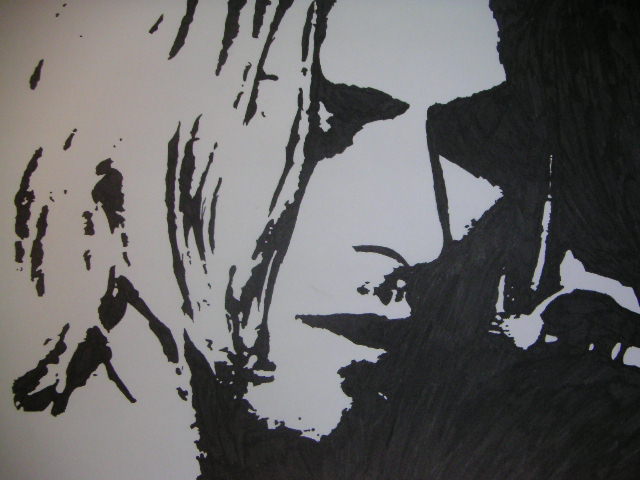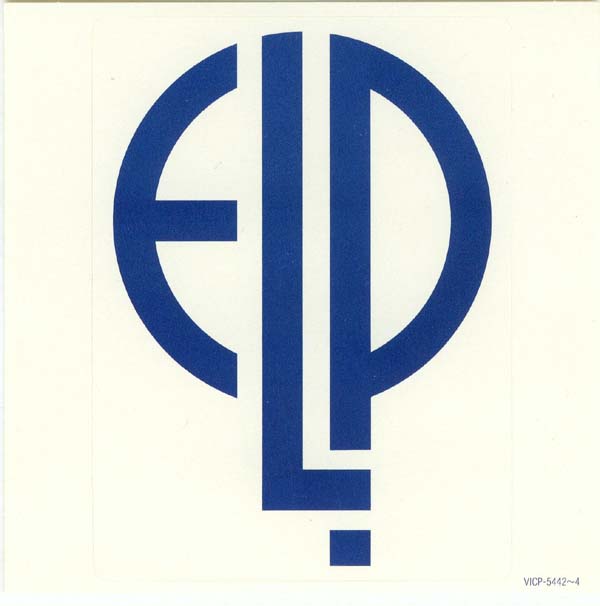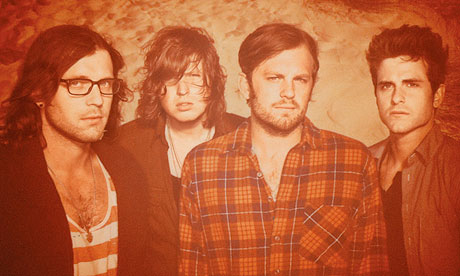Unless you've been off living in a cave somewhere these past few weeks, you've no doubt been unable to escape all the hype surrounding the 20th anniversary of Nirvana's landmark 1991 album Nevermind.
That the album itself was an unexpectedly earth shattering event has never even been in question. Nevermind was without a doubt, one of those rare moments in music where a single release changed literally everything. That the album knocked the piss out of everyone (especially King Of Pop Michael Jackson) by inexplicably rising to the top of the charts on the strength of little more than street buzz that caught everyone by surprise, in and of itself makes it one of those rare and wonderful happy accidents where the fans became the tail wagging the industry dog.
 Prior to 1991, the last time this occurred was when the Beastie Boys revealed to the world that black kids weren't the only ones listening to rap with 1987's Licensed To Ill. As big as that record proved to be though, the scale of Nevermind's success was something on an entirely different level.
Prior to 1991, the last time this occurred was when the Beastie Boys revealed to the world that black kids weren't the only ones listening to rap with 1987's Licensed To Ill. As big as that record proved to be though, the scale of Nevermind's success was something on an entirely different level.Of course, it can be argued that not all of Nevermind's initial impact was necessarily positive. Who doesn't remember that brief, early nineties period when you couldn't turn on a radio without hearing a slew of imitators (Silverchair, anyone?).
All of the renewed "voice of a generation" accolades these past few weeks have also proven to be just a little bit much. Kurt Cobain's legacy is marked as much by his suicide, as it is by his music. Which probably makes the comparisons to John Lennon most often heard when discussing his impact, more than a tad annoying to some Beatles fans. Understandably so, too.
Lennon's murder was arguably a political act — albeit the fact of its being carried out by a deranged fan. Cobain on the other hand chose to take his own life, to become forever immortalized in what could rightfully be called the ultimate case of the angst-ridden, reluctant rock star. Where Lennon died for his art, Cobain may have died because of it.
Either way, Nirvana (and by association, the rest of the Seattle based grunge movement) represent the last time rock music really mattered in both a musical and a cultural sense. The successes of modern day hitmakers like Coldplay and Kings Of Leon notwithstanding, rock and roll is mostly on life support these days. It just hasn't produced anything comparable to the way that Nirvana and a fan-based, street level movement like grunge impacted mainstream culture on a similarly massive level since. In that respect, Nirvana really were a lot like the Beatles.
Among the many Nirvana tributes making the rounds right now, two notable new releases arrived in stores this week. The 2-CD expanded edition of Nevermind will be followed next month by a limited edition 5-CD boxed set. But for fans, the release of Live At The Paramount on DVD and Blu-ray is the more significant event of this week's Nirvana mini-windfall.
Recorded on Halloween night 1991 at Seattle's Paramount Theatre, this show has been long coveted by Nirvana fans. It was a triumphant homecoming for the reluctant hometown heroes, as Seattle's music and scenester communities turned out en masse to welcome back the band who had so recently (and inexplicably) conquered the world. On Live At The Paramount you can feel this electricity in the air. It is both powerful and palpable.
I've seen Nirvana in concert just twice. Once at this show, and the other about a year later at the MTV Video Music Awards telecast in Los Angeles. But I most distinctly remember being at the Paramount in Seattle on October 31, 1991 — right along with the rest of the local record industry.
For guys like us, attendance at Nirvana's triumphant return show was mandatory, like a bizarre combination of the social event of the year and some kind of industry wide meeting. Your presence was not an option. It was required. Nirvana's big homecoming show is probably the last event of this type I can recall before the record industry eventually imploded on itself from within.
What I also remember though, is feeling like the only guy in the room who still didn't quite get it yet. I mean, great punk rock band? Absolutely. But it just didn't feel like the second coming, in the same way it seemed to be to everyone else there. I'd already seen the saviors like Springsteen, and the "only bands that matter" like the Clash before. While Nirvana certainly combined some of the better elements of both, they just didn't feel quite that "special" to me. At least not on the level they were being made out to be by everyone and their mother back then.
Of course, I didn't dare voice this opinion out loud. Privately, I rationalized my mild indifference towards Nirvana by wondering to myself if I had become musically out of touch. Perhaps two years working with Sir Mix-A-Lot and the music coming from the "other Seattle" had insulated me too much from what was happening in the rest of town. Looking back on it now, at the time I think I just thought homegrown bands like Soundgarden and Mudhoney sounded better, and maybe even deserved it more. What I also know now however, is that I was dead wrong.
Watching that same concert today on the Live At The Paramount DVD, I now see just what I missed, even though I was right there when it happened. As seen here, the electricity in the building for this show is pretty much off the charts. And although one still senses some reluctance to all this new found attention from the band themselves, Nirvana rise to the occasion like the heirs to the rock and roll throne they had just become.
In terms of pure, over the top energy, the closest thing I could compare the performance on this DVD to is something like vintage Who, as heard on The Who Live At Leeds and seen on the Live At Isle Of Wight 1970 DVD. Drummer Dave Grohl in particular turns in a frenzied show of Keith Moon like drumming, all flailing hair and sweat as he pounds away at the skins like a man possessed on songs like "Lithium," "Territorial Pissings" and "Aneurysm."
Cobain mostly just stands there, with his now classic pose of low slung axe and dirty blond hair covering his face. But the sounds he gets out of his guitar, though mostly cast in simple chord sequences transformed into thundering riffs, are astonishing to hear even now. Combined with Krist Novoselic's pounding bass riffage, the prototype of punk rock power trio becomes an afterthought as Nirvana creates a racket that sounds like the product of a band with twice as many musicians. It's one hell of a beautiful sounding noise.
The sound mix on Live At The Paramount also deserves singling out for praise though. Although most of this performance has previously surfaced on various bootlegs and now rare official releases like Nirvana Live! Tonight! Sold Out!, it has just never sounded this good.
The mix is as bright, edgy, and loud as the show itself. Cobain's raspy, emotional vocals are balanced perfectly with his razor-like guitar shredding. Novoselic's bass riffing rumbles the speakers just as it should, and Grohl's chaotic wildman drumming is wisely mixed way out front. It can't be stressed enough, this DVD should be played at the maximum level allowed by your TV speakers.
The video is not quite as good — you don't get enough clear shots of Cobain for one thing (although there are ample opportunities for drummers of both the professional and air varieties to be hypnotized by Grohl here). But it does do an admirable job of capturing the electric atmosphere of what proved to be an unforgettable, historic night.
In my own case, it just took me a few decades to realize it.
This article was first published at Blogcritics Magazine.









 What Alice's biggest fans also know however, is that by the time of his first solo album, 1975's Welcome To My Nightmare, the party was pretty much over.
What Alice's biggest fans also know however, is that by the time of his first solo album, 1975's Welcome To My Nightmare, the party was pretty much over. 


 As most of their most diehard fans already know, the party was pretty much over when ELP released the Works Volume 1 set (three sides of solo albums, plus a fourth side of group tracks), followed by the mostly outtakes Works Volume 2 set. Much ego-wrangling followed, culminating in the particularly wretched Love Beach album, and their eventual breakup.
As most of their most diehard fans already know, the party was pretty much over when ELP released the Works Volume 1 set (three sides of solo albums, plus a fourth side of group tracks), followed by the mostly outtakes Works Volume 2 set. Much ego-wrangling followed, culminating in the particularly wretched Love Beach album, and their eventual breakup. 

 As a live band — despite their recent graduation to headlining arenas and stadiums — Kings Of Leon have yet to take that next big step which elevates them to the big leagues as a "must see" attraction on the same level as a Bruce Springsteen, U2, Radiohead or even Coldplay.
As a live band — despite their recent graduation to headlining arenas and stadiums — Kings Of Leon have yet to take that next big step which elevates them to the big leagues as a "must see" attraction on the same level as a Bruce Springsteen, U2, Radiohead or even Coldplay. 




